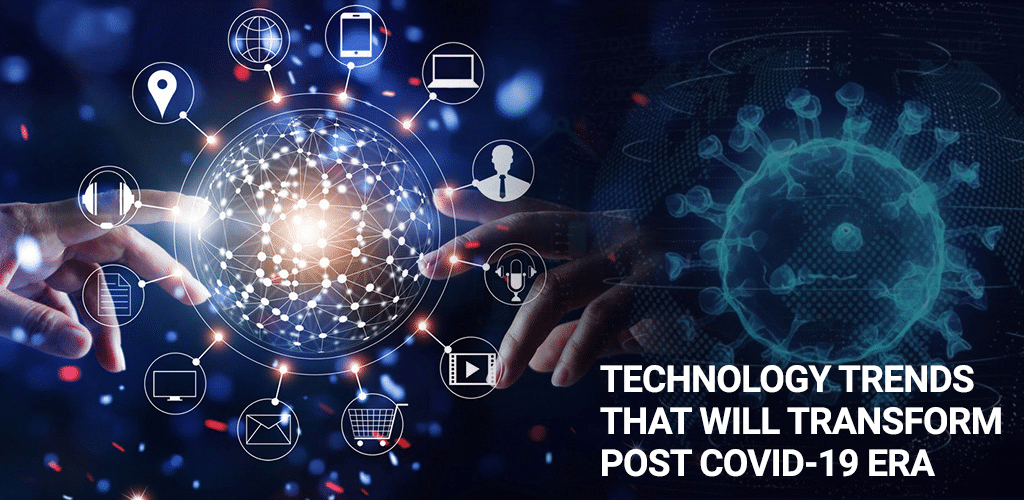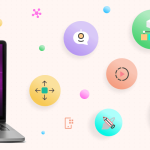The Future is Now: Exploring Emerging Trends and Technologies Shaping Design and Development
The world of design and development is ever-evolving, driven by a constant stream of innovative technologies and evolving user needs. As we move forward, it’s crucial to stay abreast of these trends to ensure our work remains relevant and impactful. Today, let’s delve into some of the most exciting advancements shaping the future of design and development:
1. The Rise of AI and Machine Learning (ML):
AI and ML are rapidly transforming design and development workflows. From generating design concepts and code snippets to optimizing user interfaces and personalizing experiences, these technologies are becoming powerful tools. Imagine using AI to analyze user data and create personalized website layouts or leveraging ML to automate repetitive design tasks. The possibilities are endless!
2. Immersive Experiences with AR and VR:
Augmented reality (AR) and virtual reality (VR) are blurring the lines between the physical and digital worlds. AR can enhance physical spaces by overlaying digital information, while VR creates fully immersive experiences. These technologies hold immense potential for design and development. Architects can use VR to showcase virtual building tours, and product designers can allow users to virtually “try on” clothes or furniture in their own homes using AR.
3. The Power of Voice User Interfaces (VUIs):
Voice-controlled interfaces are becoming increasingly popular, with devices like smart speakers and virtual assistants seamlessly integrating into our lives. As VUIs become more sophisticated, designers and developers need to adapt. This means creating intuitive interfaces that understand natural language and respond seamlessly to voice commands.
4. The Focus on Sustainability:
Sustainability is no longer a niche concern; it’s becoming a core principle in design and development. From using eco-friendly materials and energy-efficient coding practices to creating products with longer lifespans, designers and developers are taking responsibility for the environmental impact of their work. This shift towards sustainability will undoubtedly shape the future of our industry.
5. The Importance of Human-Centered Design:
Despite the rise of automation and AI, the human element remains crucial. User-centered design (UCD) principles will continue to be at the forefront, emphasizing empathy, accessibility, and understanding user needs. By focusing on creating intuitive and user-friendly experiences, designers and developers can ensure their work truly resonates with users.
These are just a few of the exciting trends shaping the future of design and development. By embracing these advancements and staying adaptable, designers and developers can continue to create innovative and impactful solutions that meet the ever-evolving needs of users and the world around them. Remember, the future is being built today, and it’s an exciting time to be a part of this dynamic landscape!




